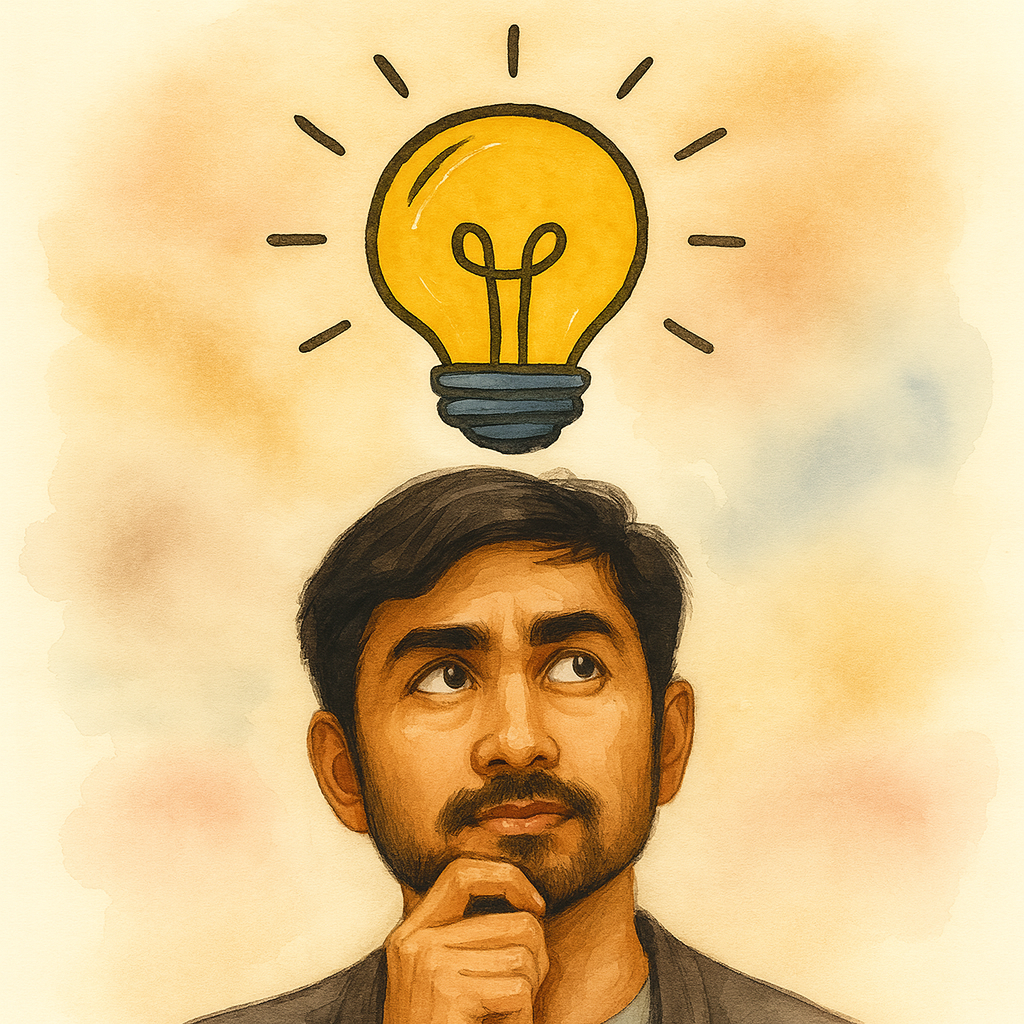How to Share a New Business Idea: The 3 Personas Every Founder Meets (and How to Win Them Over)

Personas and Actions When Sharing a New Idea
By Maria Rotilu, Founding Partner @ OpenSeed VC
When you share a new idea, the first responses you receive can be both illuminating and disorienting. You’ll often find yourself navigating a mix of enthusiasm, skepticism, and expertise, sometimes all in a single conversation.
Over time, I’ve observed three recurring personas who show up when you test an idea with the world: Incumbent Experts, Believers, and Skeptics.
Understanding how to engage with each group is critical.
But it’s just as important to recognize that these categories are not rigid. One person can wear multiple hats, shifting between roles depending on the context, their relationship to the problem, or the maturity of your idea. The key is learning how to listen and extract what each perspective offers without losing your own conviction.
1. Incumbent Experts
These are people with deep experience in your industry or adjacent ones. They understand the landscape, the stakeholders, and the underlying mechanics of how things have historically worked. Their feedback is rich with context, which is invaluable for founders still mapping the terrain.
Yet expertise is a double-edged sword. The same knowledge that provides clarity can also impose constraints. Experts often evaluate new ideas through the lens of what has been tried before. When they tell you something “won’t work,” they’re usually referencing an earlier version of the problem—or a past attempt that failed for reasons that may no longer apply.
Use their input to probe first principles. Ask: what assumptions are they basing their views on? Which conditions have changed since their experience? Their insights are essential, but not definitive—especially when you’re building something disruptive.
2. Believers
Believers bring optimism, energy, and momentum. They see the potential in your idea and project it into the world. Their enthusiasm attracts attention and helps you expand your network. In the earliest stages, their support is oxygen. They make introductions, amplify your story, and help sustain morale when validation is scarce.
But belief without scrutiny can become complacency. You still need to test your assumptions. The value of believers lies in their ability to mobilize energy, not to replace rigorous thinking. Keep them close, and give them ways to contribute meaningfully—through intros, pilot partnerships, or narrative amplification.
3. Skeptics
Skeptics challenge you. They focus on what could go wrong. Their critiques can feel uncomfortable, but they are often voicing unspoken doubts others share. If you can respond to their challenges with clarity, your reasoning strengthens.
Some skeptics will never be convinced. That’s fine—they’re not your audience. But occasionally, a skeptic will shift after seeing evidence or progress. Those who cross over become powerful advocates because they’ve tested your idea from every angle and found it resilient.
The Intersections: Where Insight Lives
What’s often overlooked is how these personas overlap.
- A Believer-Expert is a rare ally—someone who combines optimism with deep knowledge. They can help you navigate incumbency while still pushing boundaries.
- A Skeptic-Expert offers rigorous challenge grounded in evidence, forcing you to sharpen your logic.
- A Believer-Skeptic might oscillate—excited about the vision, cautious about execution. They’re useful mirrors for refining your go-to-market or de-risking assumptions.
Sometimes, a single person can embody all three perspectives across time. They might start as a skeptic, shift to a cautious believer after seeing traction, and eventually offer expert-level guidance once they understand your space. Treat each conversation as dynamic. Don’t pigeonhole people; instead, discern what role they’re playing in that moment and engage accordingly.

You Need All Three
Each persona contributes something indispensable:
- Experts bring context and reality checks, helping you avoid naive mistakes.
- Believers supply momentum, social proof, and emotional fuel.
- Skeptics surface blind spots and strengthen your reasoning.
The magic lies in balance. Over-indexing on experts can lead to overfitting to the past. Relying solely on believers can inflate false confidence. Over-listening to skeptics can paralyze progress. Founders who can synthesize insights across all three perspectives build more resilient ideas and stronger conviction.
Practical Application
When engaging each persona, tailor your approach:
- With Experts, ask them to unpack assumptions rather than issue verdicts.
- With Believers, channel their energy into introductions or storytelling.
- With Skeptics, listen carefully and address objections head-on.
And always note how these roles shift. The same person might question your business model today and champion you tomorrow once they see evidence. Stay open, stay curious, and use every perspective as data.
Final Thoughts
At OpenSeed VC, we back founders at idea stage, often before there’s a product or traction. At this stage, what matters most is how well you navigate ambiguity, learn from feedback, and refine your vision. The personas you encounter are not obstacles; they are mirrors reflecting how your idea lands in the real world.
So, when you next share your idea, ask yourself:
What am I learning from the experts, believers, and skeptics around me?
Which voices am I overvaluing, or ignoring?
And how can I integrate their perspectives without losing my own clarity?
If you’re an idea-stage founder looking to test your thinking, refine your narrative, or find your rare allies, OpenSeed VCwould love to hear from you.
Let’s build what comes next.
Starter funding as you build your
tech startup?
Looking for smart first funding for a strong headstart?
.png)

.png)

